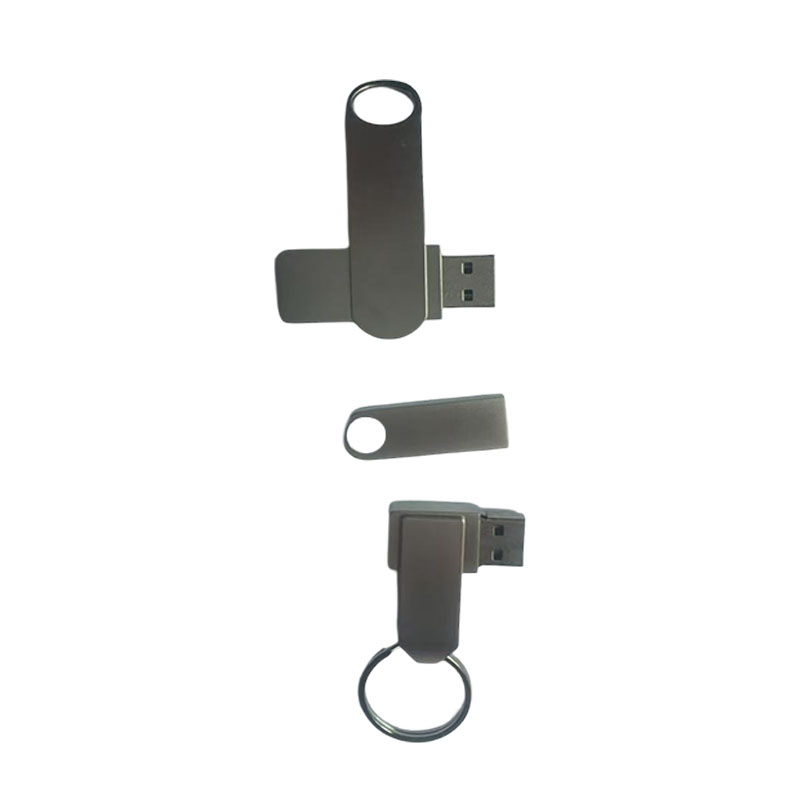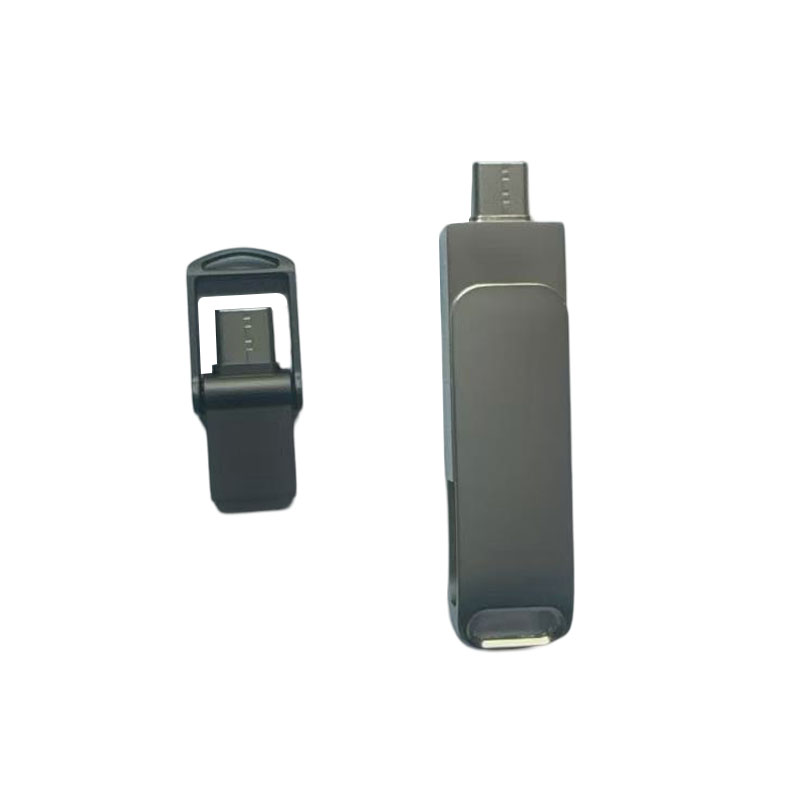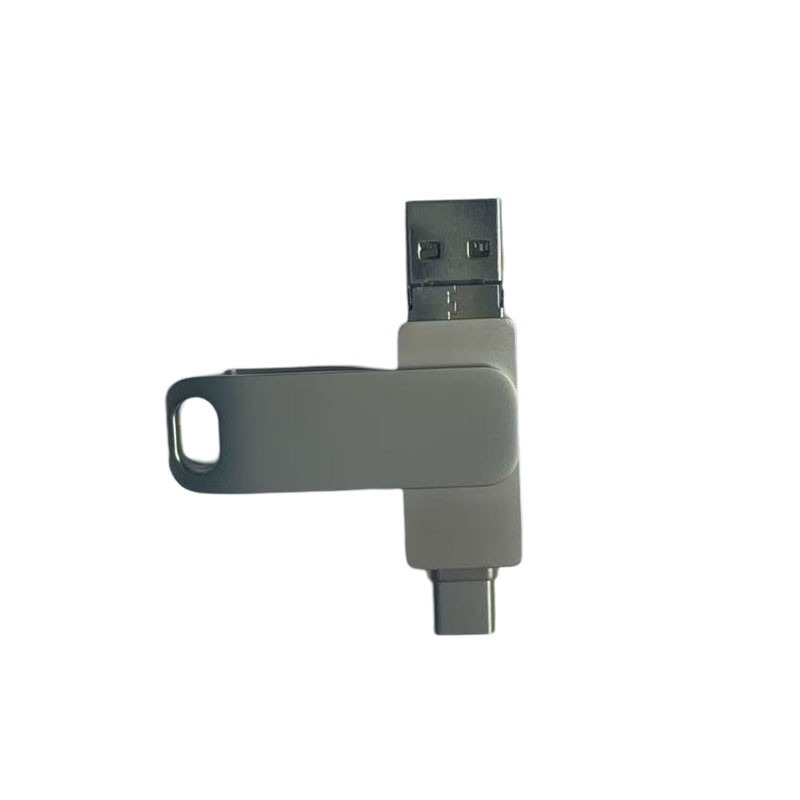How to identify counterfeit and low-quality TF cards to avoid data loss or device damage caused by false capacity claims?
Release Time : 2025-09-24
With the increasing popularity of digital devices, TF cards, as a key component for storage expansion, store valuable data such as photos, videos, and documents. However, the market is flooded with counterfeit and substandard products, often sold at low prices. These look almost identical to genuine products, but contain hidden flaws. The most common scam is false capacity labeling—a low-quality chip with only a few GB of actual storage capacity is falsely labeled as 64GB or even higher. When users store large files, the system appears to write them successfully, but the data exceeding the actual capacity is not saved correctly, leading to file corruption, system crashes, or device malfunctions. Identifying these "digital scams" requires vigilance across multiple aspects, from purchase channels and physical characteristics to software verification and usage practices.
The most reliable defense starts with the purchase channel. Authorized dealers, official websites, and large retail chains typically have strict supply chain management, effectively preventing refurbished or counterfeit cards from entering the market. Street vendors, unknown online stores, or offers with prices far below market average are often breeding grounds for counterfeit cards. Manufacturers usually provide authenticity verification services; a unique code on the packaging can be used to verify the product's authenticity. While counterfeiters can copy labels, combining channel verification with code verification significantly reduces the risk.
Physical details are the first indicator of authenticity. Genuine TF cards have a well-made casing with smooth edges, uniform color and no scratches or oxidation on the metal contacts. The printing is clear and sharp, with accurate placement of the brand logo and specifications. Counterfeit cards often reveal flaws in these details: uneven casing seams, dull or unevenly coated contacts, blurry or misspelled printing. Some low-quality cards wear out quickly with repeated insertion and removal, leading to poor contact.
However, the most serious issue—false capacity—cannot be detected by the naked eye and requires professional software for deep testing. The built-in formatting function of the operating system cannot reveal false capacity, as it relies only on the firmware's reported parameters. True verification requires using tools with "real capacity testing" functionality. These software programs write specific data to every physical address on the storage card and then compare it during the read process. If the card exhibits data corruption, prematurely reports full capacity, or fails to read during the write process, it can be confirmed as a counterfeit. The test must cover the entire storage capacity, not just the available space, to bypass firmware-based spoofing.
Usage patterns can also provide warning signs. A new card that initially writes large files very quickly, but then suddenly slows down or errors out, may indicate that the controller is discarding data after the actual storage space is exhausted. Frequent issues such as files being unreadable, corrupted photos, or device messages indicating "storage card error" are often signs of a counterfeit card. In applications like dashcams or surveillance cameras, a counterfeit card's inability to write data reliably can lead to the loss of critical video footage, resulting in serious consequences.
Furthermore, avoid relying on a single storage card for storing important data. Regularly backing up content to a computer or cloud storage is an effective way to prevent data loss and can also reveal anomalies during the migration process. If you find that files on the card are unreadable or the number of files is inconsistent, immediately stop using the card, attempt to recover data using reliable recovery software, and then completely format or discard the card.
Ultimately, identifying counterfeit TF cards is a battle against technological deception. It requires users to possess basic discernment and employ scientific verification methods. When a small storage card can become a critical vulnerability in data security, careful selection, proactive verification, and regular backups are no longer cumbersome steps, but essential self-protection measures in our digital lives. True storage security lies not in the size of the capacity, but in verifying the authenticity of every single byte.
The most reliable defense starts with the purchase channel. Authorized dealers, official websites, and large retail chains typically have strict supply chain management, effectively preventing refurbished or counterfeit cards from entering the market. Street vendors, unknown online stores, or offers with prices far below market average are often breeding grounds for counterfeit cards. Manufacturers usually provide authenticity verification services; a unique code on the packaging can be used to verify the product's authenticity. While counterfeiters can copy labels, combining channel verification with code verification significantly reduces the risk.
Physical details are the first indicator of authenticity. Genuine TF cards have a well-made casing with smooth edges, uniform color and no scratches or oxidation on the metal contacts. The printing is clear and sharp, with accurate placement of the brand logo and specifications. Counterfeit cards often reveal flaws in these details: uneven casing seams, dull or unevenly coated contacts, blurry or misspelled printing. Some low-quality cards wear out quickly with repeated insertion and removal, leading to poor contact.
However, the most serious issue—false capacity—cannot be detected by the naked eye and requires professional software for deep testing. The built-in formatting function of the operating system cannot reveal false capacity, as it relies only on the firmware's reported parameters. True verification requires using tools with "real capacity testing" functionality. These software programs write specific data to every physical address on the storage card and then compare it during the read process. If the card exhibits data corruption, prematurely reports full capacity, or fails to read during the write process, it can be confirmed as a counterfeit. The test must cover the entire storage capacity, not just the available space, to bypass firmware-based spoofing.
Usage patterns can also provide warning signs. A new card that initially writes large files very quickly, but then suddenly slows down or errors out, may indicate that the controller is discarding data after the actual storage space is exhausted. Frequent issues such as files being unreadable, corrupted photos, or device messages indicating "storage card error" are often signs of a counterfeit card. In applications like dashcams or surveillance cameras, a counterfeit card's inability to write data reliably can lead to the loss of critical video footage, resulting in serious consequences.
Furthermore, avoid relying on a single storage card for storing important data. Regularly backing up content to a computer or cloud storage is an effective way to prevent data loss and can also reveal anomalies during the migration process. If you find that files on the card are unreadable or the number of files is inconsistent, immediately stop using the card, attempt to recover data using reliable recovery software, and then completely format or discard the card.
Ultimately, identifying counterfeit TF cards is a battle against technological deception. It requires users to possess basic discernment and employ scientific verification methods. When a small storage card can become a critical vulnerability in data security, careful selection, proactive verification, and regular backups are no longer cumbersome steps, but essential self-protection measures in our digital lives. True storage security lies not in the size of the capacity, but in verifying the authenticity of every single byte.







